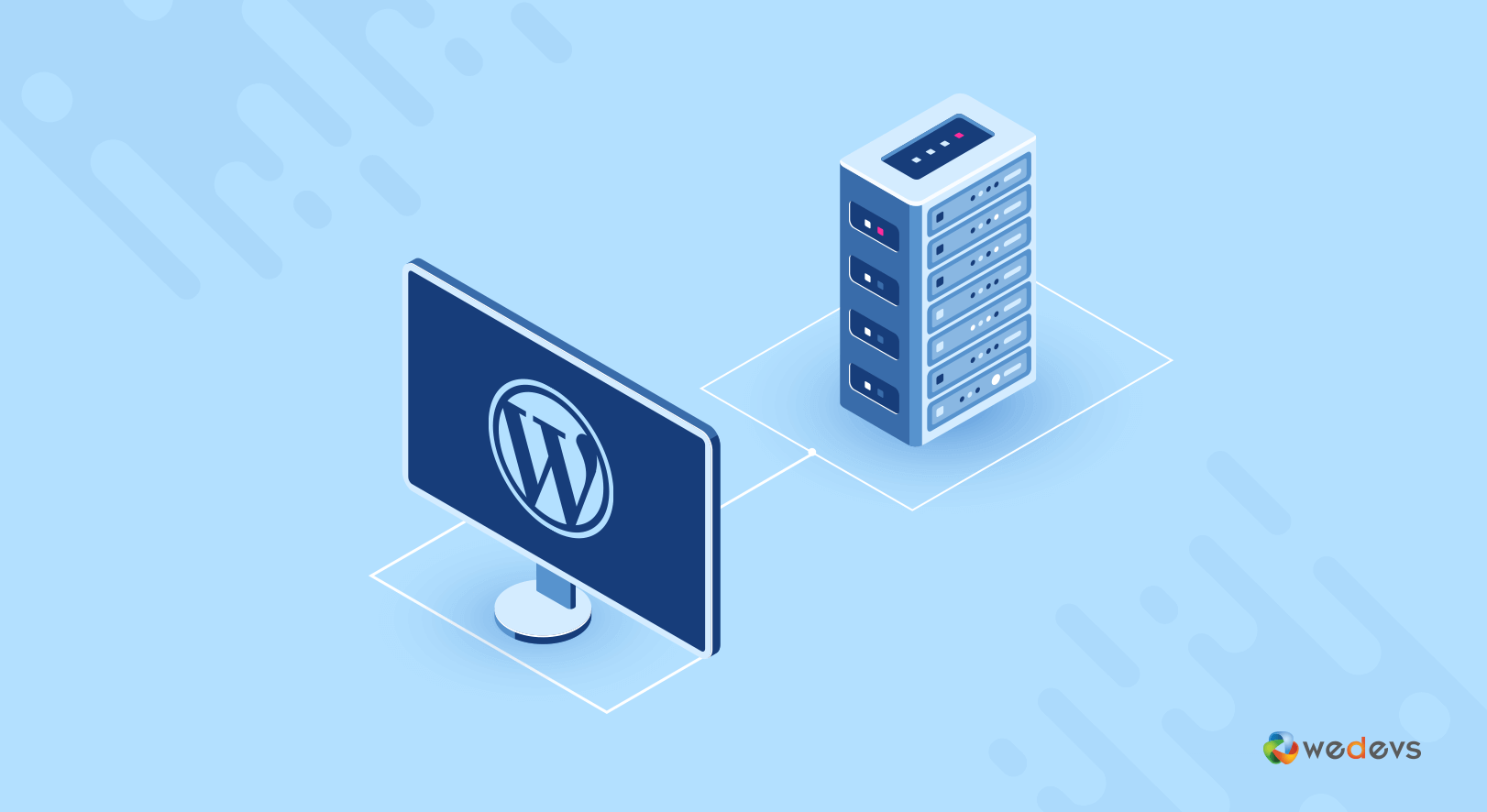Duplex will one day let your phone make calls on your behalf
Duplex is an artificial intelligence (AI) system developed by Google with the purpose of becoming your own personal assistant. The idea is to use it to offload some of your phone calls to a robot of sorts who can make them for you.
One thing that makes Google Duplex so different from the normal automated machines you hear when calling your insurance company or when getting a spam call about a free cruise, is that it engages in conversations much like a human does.
The end result is an assistant that can take care of those phone calls that you don’t have the time or interest in making.
How You’ll Use Duplex
Although Duplex itself is extremely complex, using it will be easy because it’ll work through devices that have Google Assistant, such as your Android phone or Google Assistant-powered smart speaker.
All you have to do as a user is tell the assistant who to call and what you want from the call, and it will handle the whole conversation for you. You can even keep using your phone or speaker like normal without any interruptions.
How Google Duplex Will Be Helpful
There are several real-world benefits to using Duplex:
- Users save time by letting their phone make automated calls
- Businesses save money by avoiding having to designate resources to answering calls and booking appointments
- Language barriers are less of a problem between callers
- The hearing-impaired can more easily make phone calls
The basic idea behind Duplex is to make phone calls more convenient, specifically calls that don’t require much substance. While a call to your daughter who’s off at school, or to your mom on Mother’s Day, should definitely be made by you, you might be indifferent when it comes to others.
For example, you don’t really need to be the voice behind checking movie times at a theater, reserving a table at a restaurant, scheduling a haircut, or checking a store’s holiday hours.
All of those tasks, and plenty of others, require just basic information to be sent and received, which Duplex will presumably handle well.
Another area where Duplex will be helpful (much more than a traditional AI system) is how it interacts with the other person in the call. Because it sounds natural and actually responds intelligently, the human on the other end can speak naturally.
This will make the person less likely to immediately hang up because a) the recipient will sound human and b) they’ll know that they can give and take real information and not have to enunciate perfectly and only at specific times during the call in order for the bot to make sense of what’s being said.
The applications for Duplex can be seen on both the business and personal side. One day, you might be able to use your personal assistant toset up appointments while the businesses you’re calling use Duplex to schedule the appointments; no human-to-human interaction at all.
Duplex Will Be Helpful
Another practical result of using Duplex as your personal assistant is that you can save time by avoiding calls that have long waiting periods.
The AI assistant can do it all for you and then relay any responses back to you when the call ends. Duplex can even involve you if needed.
For example, in some situations, calling a company involves reaching a human only to have a series of questions answered so that they can direct your call to the right department. You could have Duplex complete those things for you:
making the call, answering any pre-questions, waiting for a human to pick up, and speaking with the person. If Duplex doesn’t know what to do next, it can have you jump in on the call, just as a real personal assistant would.
In fact, on the business side of things, Duplex may be able to eliminate wait times altogether. There might be hundreds of incoming calls going on at once in a typical company with dozens on hold, or after hour calls with no one available to answer. With Duplex involved, callers can get to answers much quicker, without the company needing additional employees just to answer phones.
Examples of Google Duplex in Action
Google hasn’t yet provided Duplex in any sort of usable form to the public, but they do have some audio clips showing how it works in the real world.
There’s a 56-second clip of Duplex scheduling a hair appointment and a 50-second one of a phone call to a restaurant.
In those examples, Duplex is initiating the call, so the one responding is a real person. You can see how natural the conversation flows and how Duplex is attempting to sound human, with “umm, “uhh,” and “I gotcha” thrown in at times.
Because it’s common for a human to pause and stutter, and repeat and contradict what they say, some conversations are a bit harder for Duplex to understand, like in this example of a complex conversation:
“So umm Tuesday through Thursday we are open 11 to 2, and then reopen 4 to 9, and then Friday, Saturday, Sunday we… or Friday, Saturday we’re open 11 to 9 and then Sunday we’re open 1 to 9.”
In these Duplex examples, it’s sometimes hard to recognize which is Google Duplex and which is the human. Both are responding and making changes based on the back and forth conversation, making Duplex seem less like a static robot and more like a person.
Another component that brings life to these AI conversations is how the voices change in pitch. In normal conversations, if someone has a monotonous tone, you can ascribe a robotic-like voice to them,
so the fact that Duplex avoids that and uses emphasis where it’s normally used by humans, and combines it with common filler sounds like “umm,” makes using Duplex as a useful personal assistant a real possibility.
Duplex Controversy
The human-like behavior of Google Duplex is also a point of controversy. Without disclosing that “the following call is being handled by Google Duplex” (which Google may or may not decide to do), is it tricking the person on the other end of the line?
Privacy issues, especially considering that these conversations will no doubt be recorded, is another aspect that Google’s legal teams are no doubt working through as this technology is being tested.




